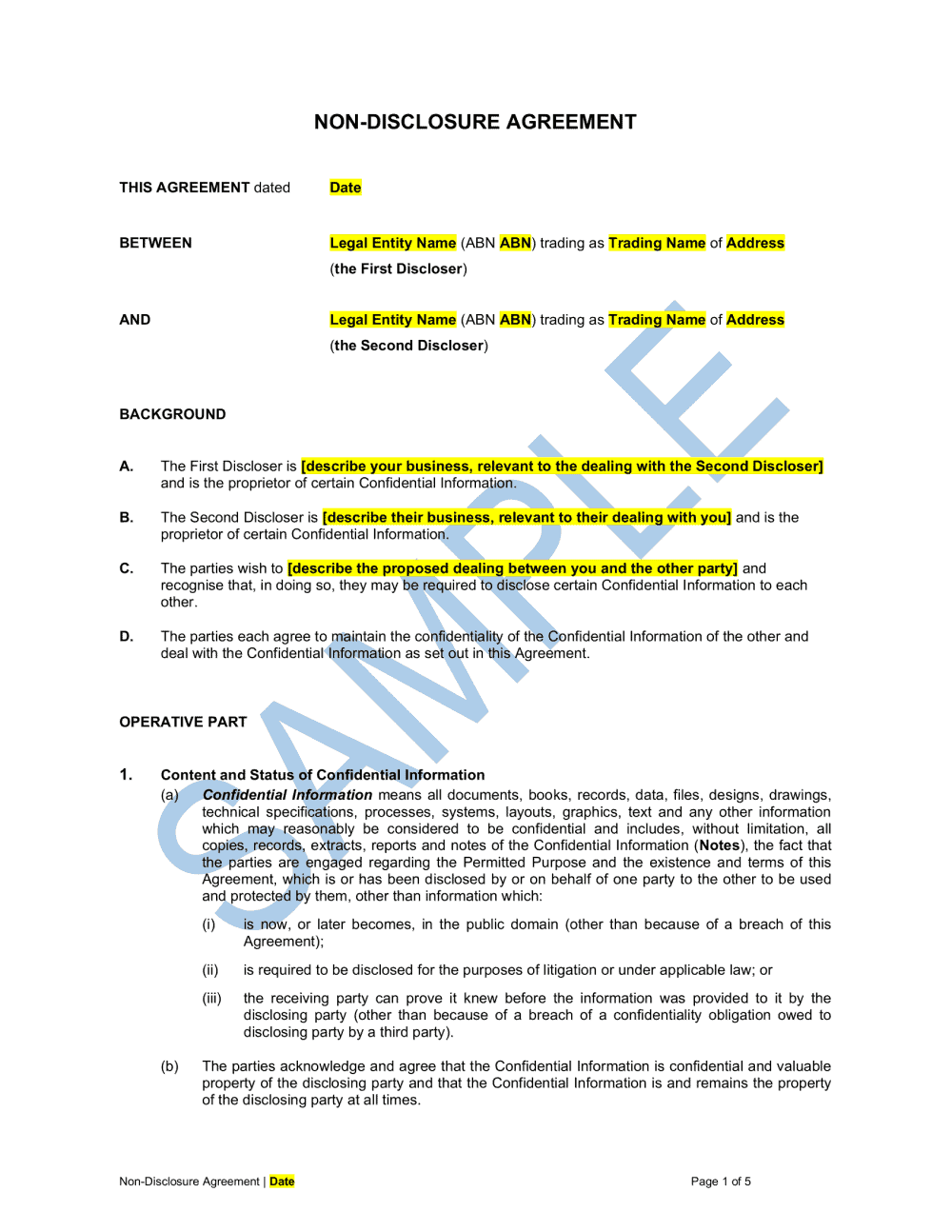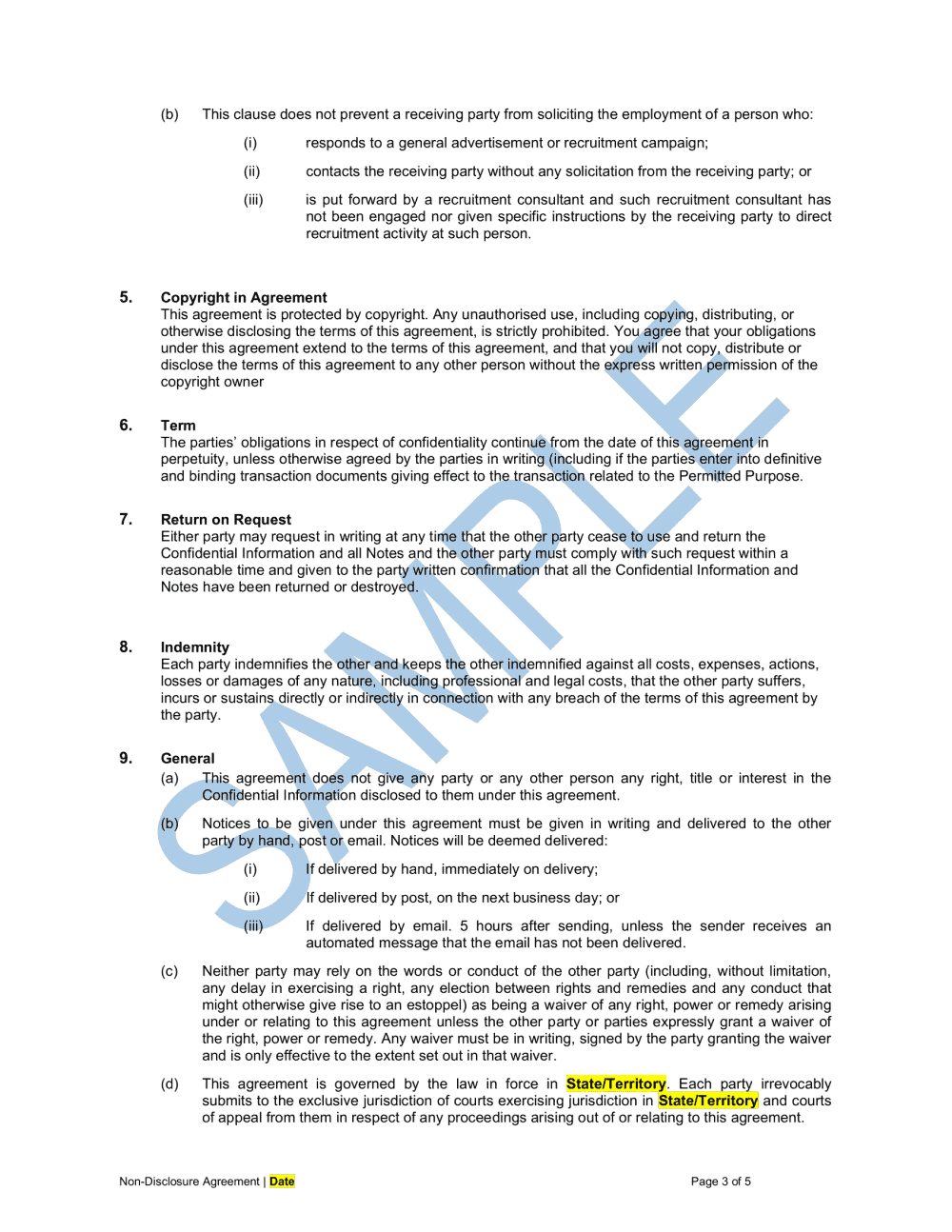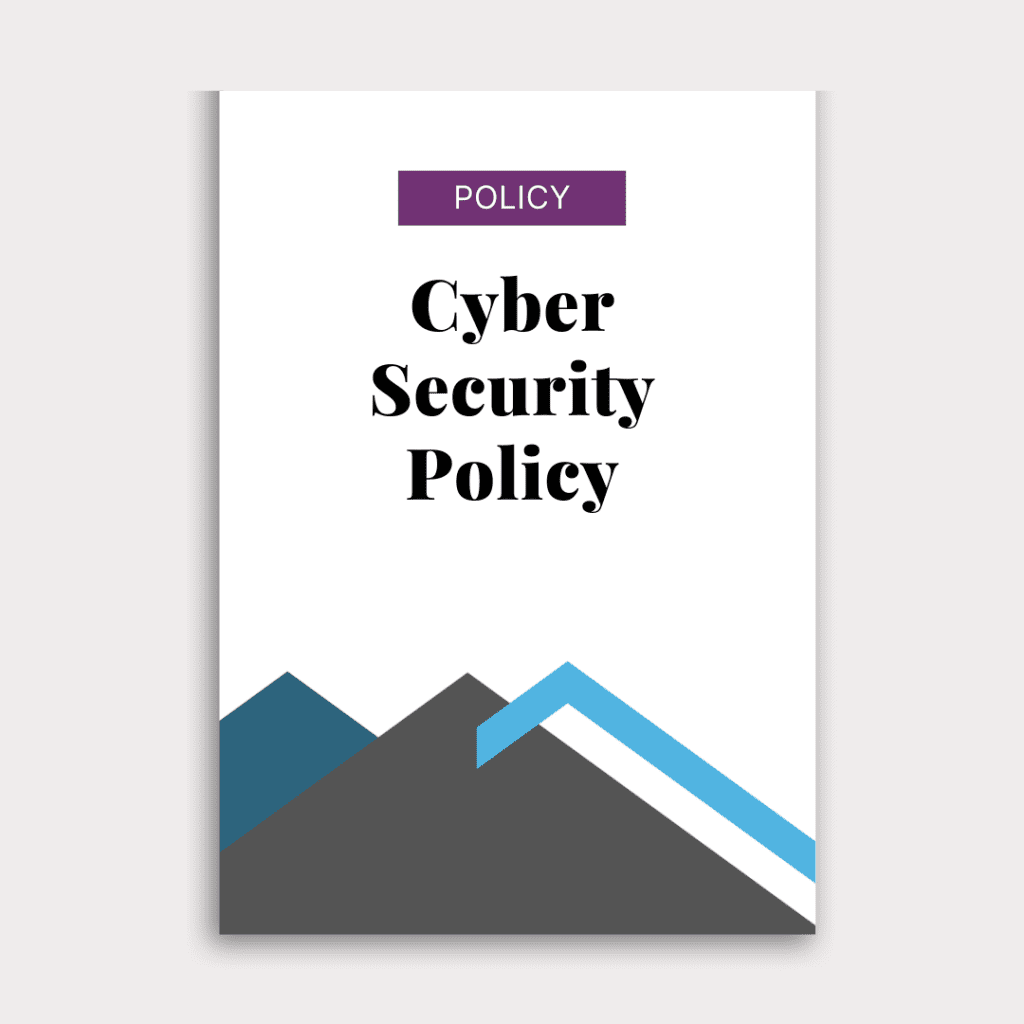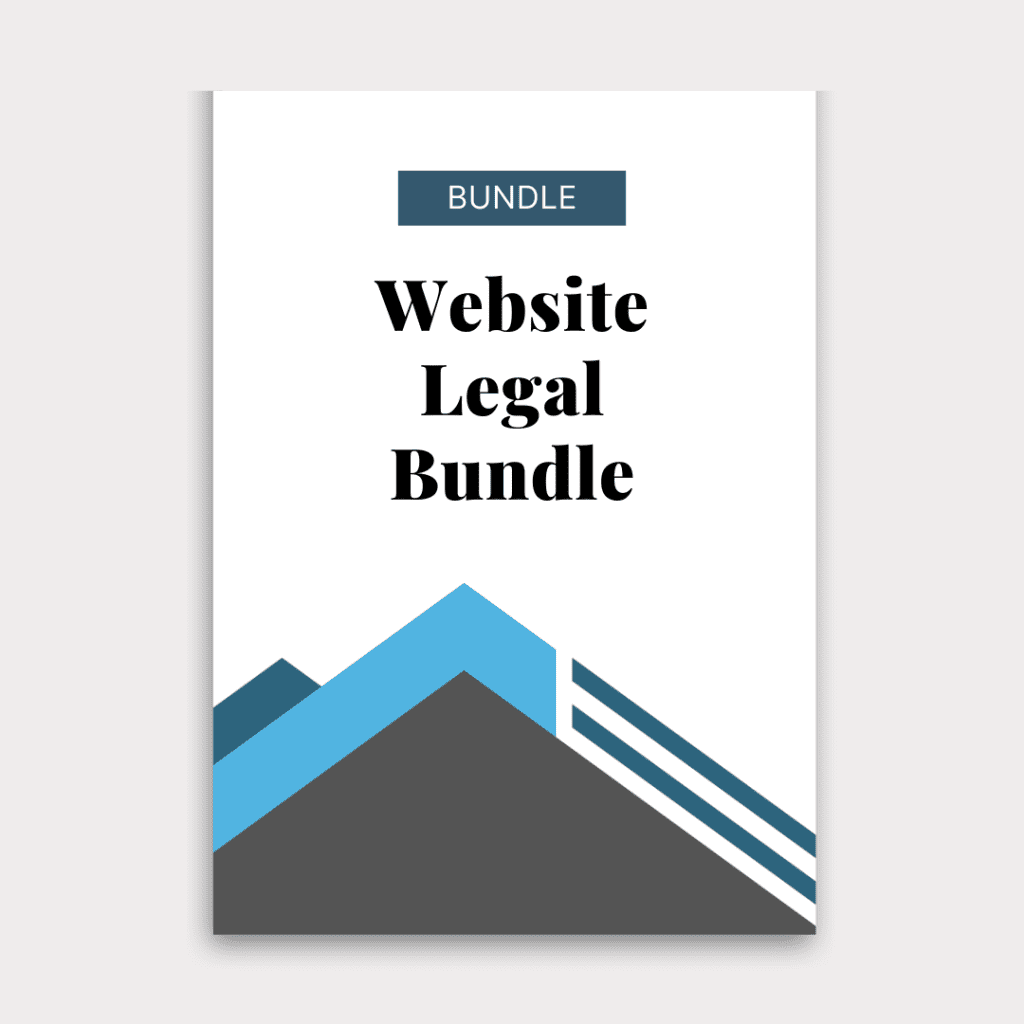Non-Disclosure Agreement
$149.00 inc. GST
- User friendly Word template
- Peace of mind that your business is secure
- Make decisions with confidence
- Written in plain English by Australian lawyers
- Sleep well because you’re covered

- Instant Download
- 90-Day Money Back Guarantee
- Lifetime Access
- Word Document Format
How it Works
Fast and simple legal protection. You'll wonder why you didn't do it sooner.
Get your Template
Go to your Inbox
Peace of mind
Sleep well. Act sharp. You’re covered.
You’re three clicks away from the peace of mind that comes with knowing your business is protected. No more second-guessing. No more doubts. Run your business with clarity because you have the contract you need when you need it. Feel confident and in control.
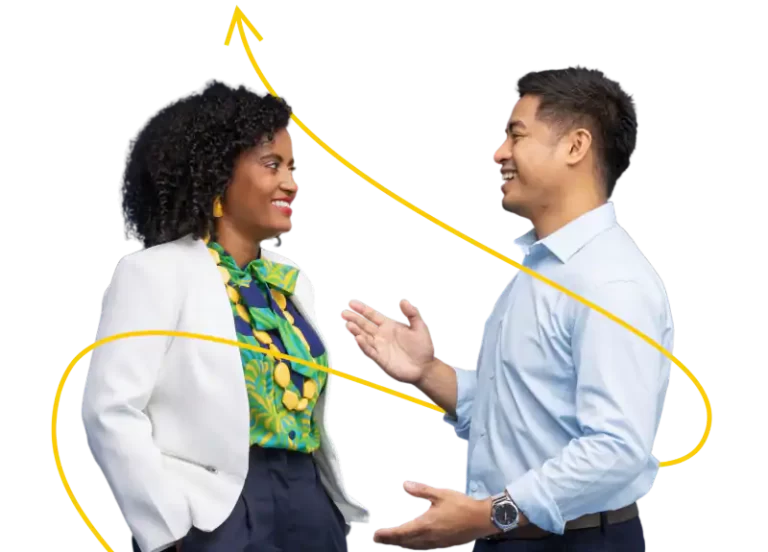
We make legal documents for real people
You’re running a business, not a law firm. You want the peace of mind of knowing your business is protected, without spending months, or your life savings doing it. Our lawyers know their stuff. We make affordable, rock-solid legal documents and don’t cut corners.
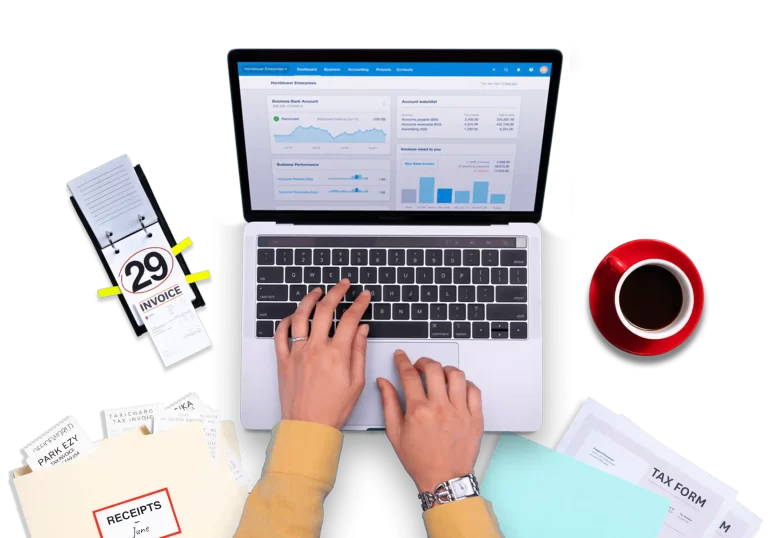
Protection for Australian businesses
You’ve Googled the free templates, right? They’re usually “one size fits all”. Our templates are specific to Australian business. And if the law changes, you’ll get a free update. Our templates don’t suck. They give you peace of mind.

What is a Non-Disclosure Agreement?
A Non-Disclosure Agreement is a commercial agreement between two parties to protect confidential information and not disclose it to a third party.
You should always get the agreement signed by both parties before revealing any confidential information to make sure it’s legally enforceable.
Who is this Non-Disclosure Agreement template for?
- Any business with confidential information
- Any industry
- Suitable for all Australian states and territories
- Hiring an employee or contractor
- Negotiating a contract with another business
- Pitching to investors
- Sharing commercially sensitive information with suppliers or partners.
What clauses does this template include?
Our Non-Disclosure Agreement template covers everything you need to keep your information secure:
- Parties – who the agreement is between
- Confidential Information – the types of confidential information to be protected
- Confidentiality Obligations – the obligations of both parties
- Disclosure – rules around disclosing information
- Non-solicitation – to prevent one party from enticing employees, customers, suppliers or potential investors away from the other party
- Copyright
- Term – how long the agreement is valid
- Return on Request – either party can request for the other party to cease using the information and return it
- Indemnity – a legal term to protect against losses and damages
Our template is a mutual NDA, which means both the parties entering into the contract agree not to disclose confidential information.
Other names for a Non-Disclosure Agreement
- NDA
- Confidentiality Agreement
- Confidentiality Deed
- Secrecy Agreement
- Proprietary Information Agreement
Do I need an NDA to protect my confidential information?
You bet!
If you want to protect your ideas, trade secrets or sensitive information from being copied or stolen, a Non-Disclosure Agreement is essential.
Even if you’re just in early discussions with another party, you should get a Non-Disclosure Agreement signed to be safe.
NDAs generally enable parties to reveal information with commercial value that they might otherwise keep secret so that commercial negotiations can continue openly and honestly. Breaking a Non-Disclosure Agreement may result in the confidential information owner taking legal action.
How long does an NDA last?
The duration can vary depending on what you are using it for. There is no standard length of time – you could set the term for one year, two years, five years or indefinitely. Our template includes a field where you can change the term to suit your requirements.
What is confidential information?
Confidential information can be almost anything. It can include a business idea, concept, plan, strategy, design, process, financial information, customer information or a trade secret.
It can take the form of documents, graphics, text, data, files, designs, drawings, technical specifications, systems, processes…and the list goes on. You get the idea!
Confidential information can be any information that is not public knowledge and that the holder of the information wishes to keep private.
What information is NOT protected by a Non-Disclosure Agreement?
You cannot protect all types of information with a Non-Disclosure Agreement. Information that is already public knowledge or becomes known through no fault of the receiving party cannot be protected by a Non-Disclosure Agreement (e.g. information disclosed and obtained from a third party).
Is an agreement still legal if it hasn’t been signed?
A verbal agreement can be legally binding, but it’s challenging (if not impossible) to prove. Hence, it’s important to make sure that both parties sign the Non-Disclosure Agreement before you disclose any confidential information.
What’s the difference between a unilateral and a mutual agreement?
There are two types of Non-Disclosure agreements – one way and mutual.
In a one way (“unilateral”) agreement, one party discloses information to another party, and that party agrees not to disclose the information.
In a mutual (“bilateral” or “reciprocal”) agreement, both parties agree not to share the other’s sensitive information.
What is the difference between an NDA and a confidentiality agreement?
They are different names for the same thing. Both of them are binding legal contracts in which at least one party agrees not to divulge certain information.
Why Customers Love our Non-Disclosure Agreement
Read reviews from other happy business owners...
- Reviews
- Questions
Thank you for submitting a review!
Your input is very much appreciated. Share it with your friends so they can enjoy it too!
NDA from Easy Legal
It was really easy to purchase a legal document fit for purpose. I had some small questions after purchase and Easy Legal responded promptly with the answers I needed. I'll be back!
Perfectly executed
For the price this was excellent. It gives me thorough piece of mind and was extremely affordable. Great job
Legal Templates
The templates from Easy Legal are exactly what I needed for my business. The name says it all. Just so easy.. to download, read and edit. I’ll be back again to purchase more.
Take the stress out of legal documents
Get peace of mind with our Non-Disclosure Agreement today!
Frequently Asked Questions
Got Questions? We've Got the Answers!
All of our templates come in Word format (docx).
We recommend using Microsoft Word on a desktop to fill in the templates.
Our templates are Word documents so they’re editable.
We don’t recommend editing the template outside the highlighted areas. An experienced lawyer wrote your template. If you delete or modify clauses it could affect your protection.
We know you’re a smart cookie, but we highly recommend avoiding the temptation to fiddle.
Yes, you get lifetime access to your template.
You’ve got a contract ready to go whenever you need it in your business.
Definitely!
Change your font, add your logo and even some colour. Present your document in your brand style and delight your clients. You’ll still be legit. You’ll just look amazing-er.
All of our templates come with instructions on the first page.
We also include comments throughout the document to help guide you as you fill out each section.
Yes. All our templates are written by qualified Australian lawyers who hold an Australian legal practicing certificate.
Our co-founder Courtney Bowie is a partner in Sydney law firm, Her Lawyer.
Yes. You can use the templates in all Australian states and territories.
If a law changes, we’ll update your template and send it to you – for free.
No hidden catches here. When you buy a template or bundle you own them for life. The download links never expire.
No recurring fees. No accounts. Just buy what you need. Simple, right?
If you have a question, contact us. We’re always happy to help.
Email: info@easylegaltemplates.com.au
Phone: 1300 490 145
You may also like...
BEST SELLER
$258.00 Original price was: $258.00.$199.00Current price is: $199.00. inc. GST
90-Day Money Back Guarantee
We’re so confident you’ll love our products, we offer a no-hassle refund within 90 days of purchase. If you’re not happy for any reason, we’ll work with you to make sure you're happy, even if that means a full refund.


